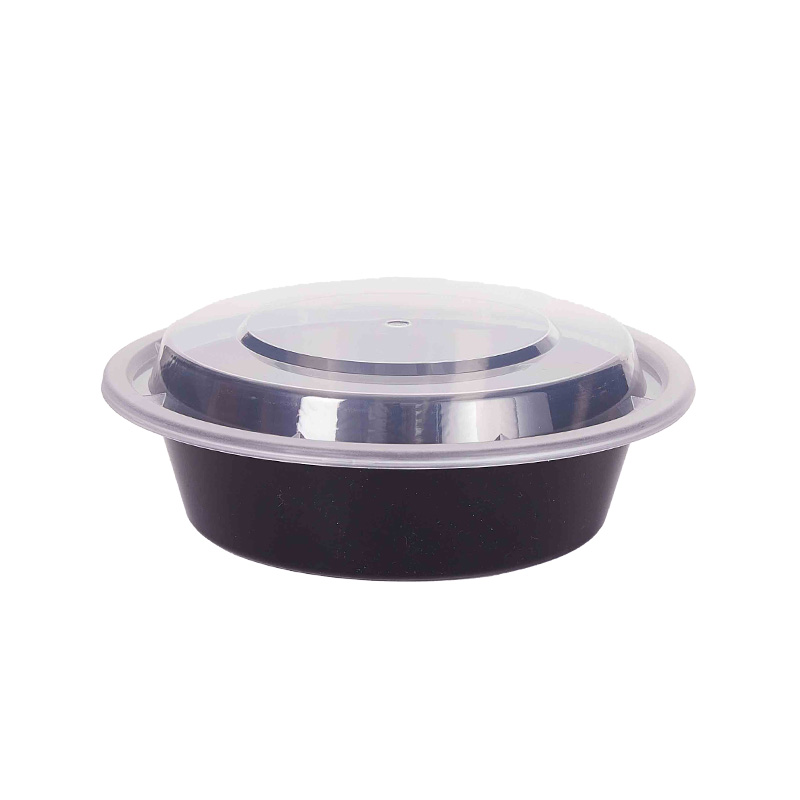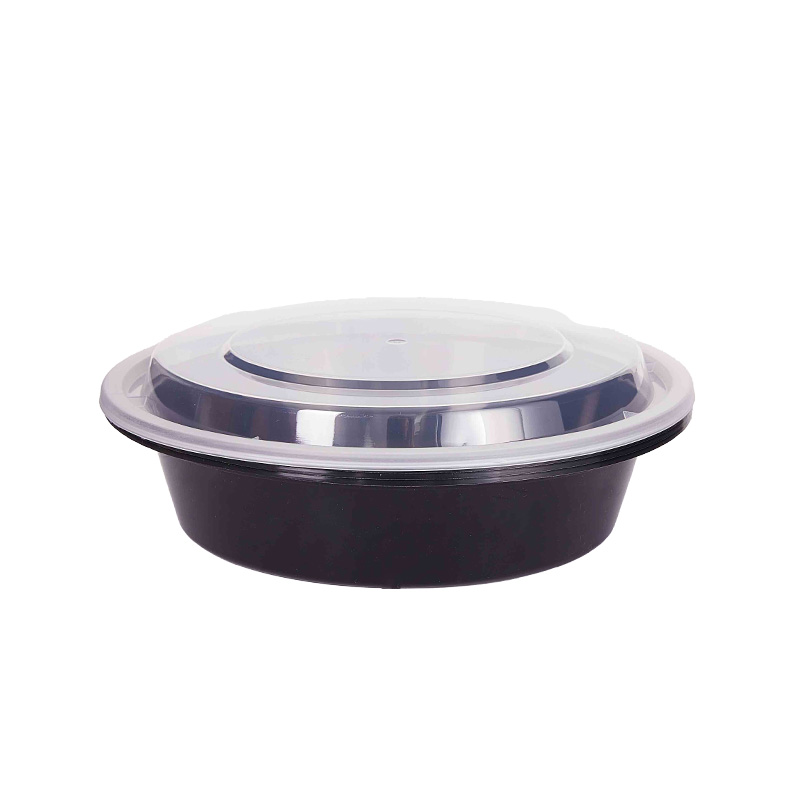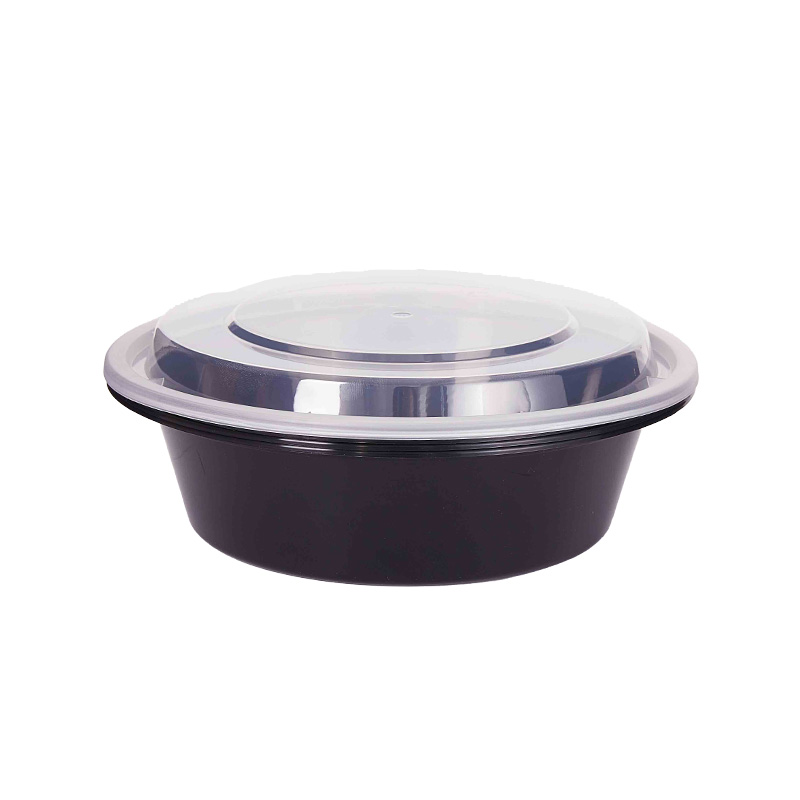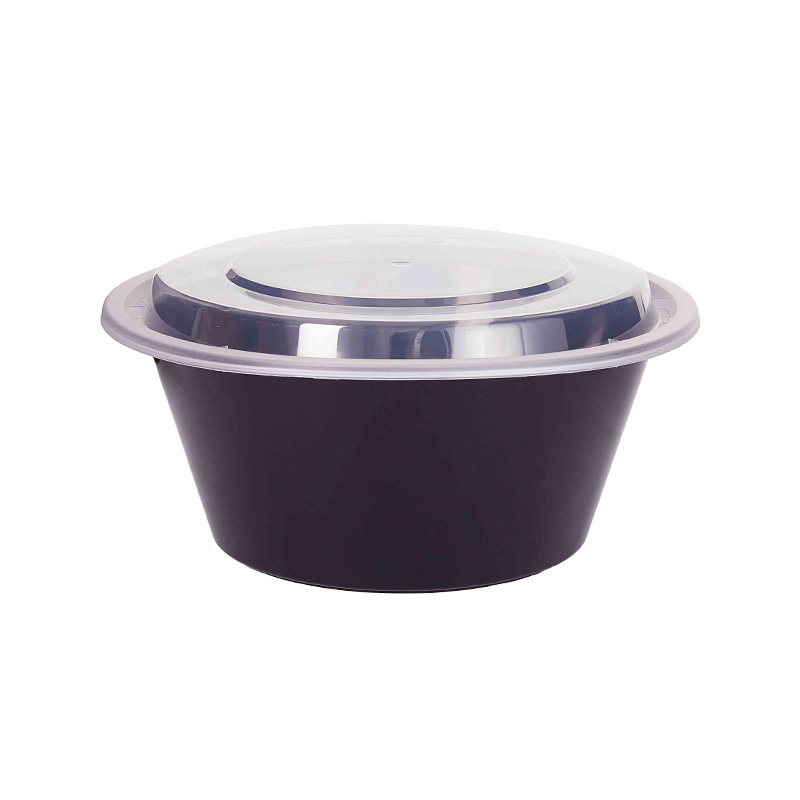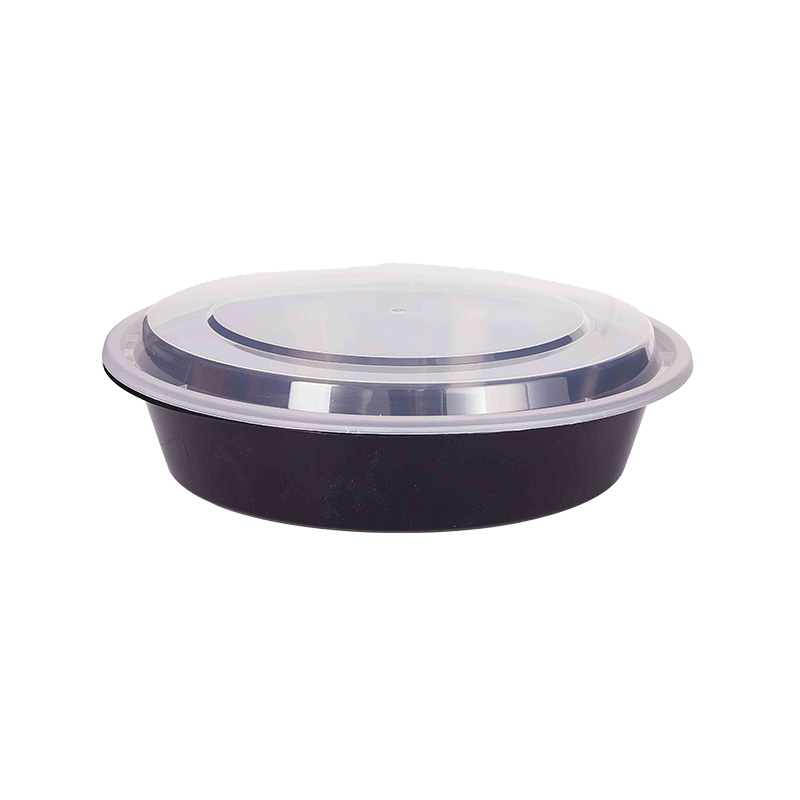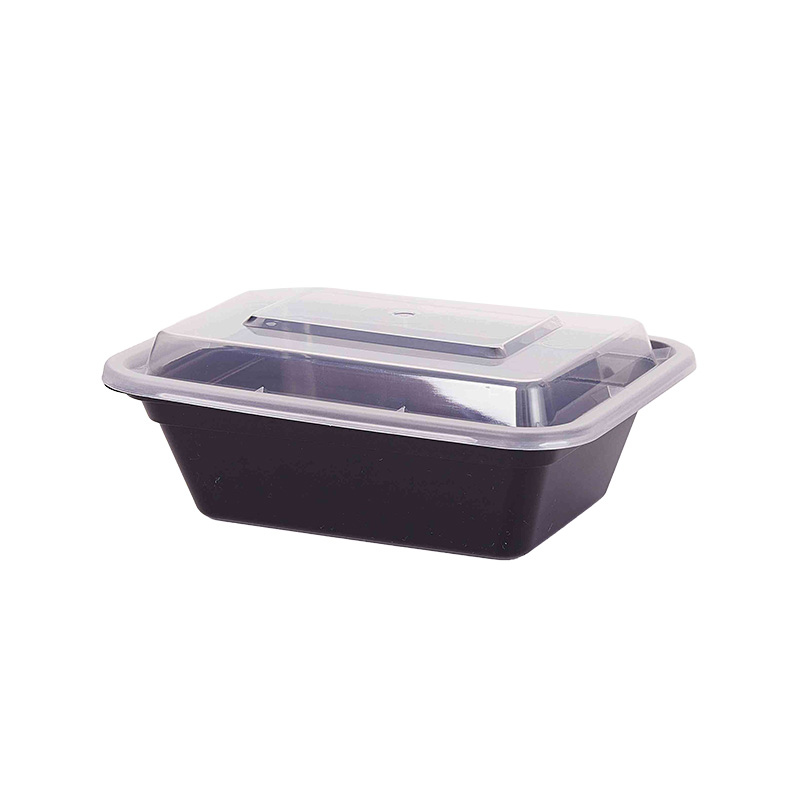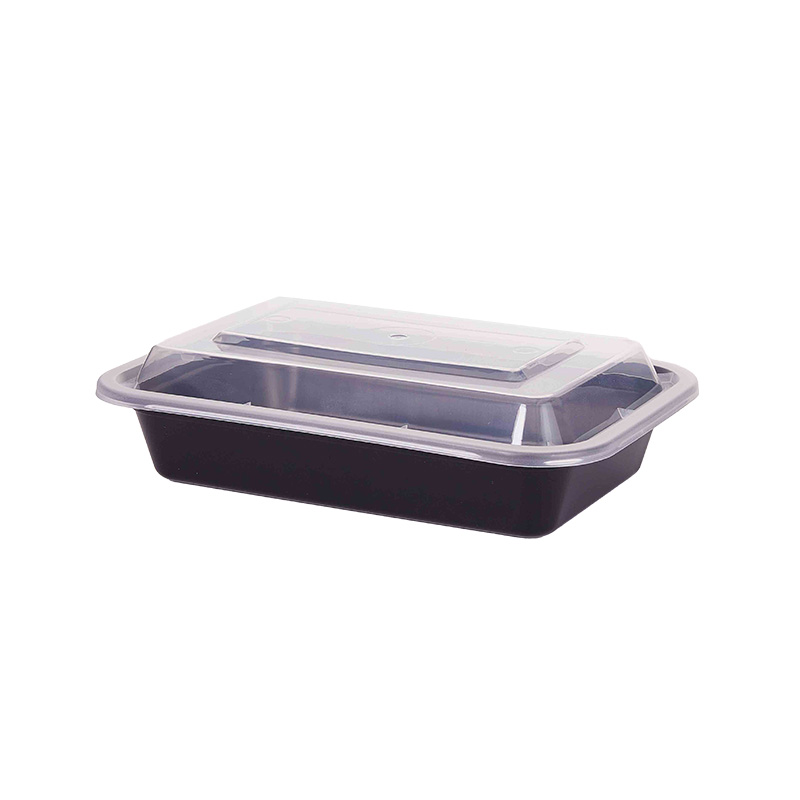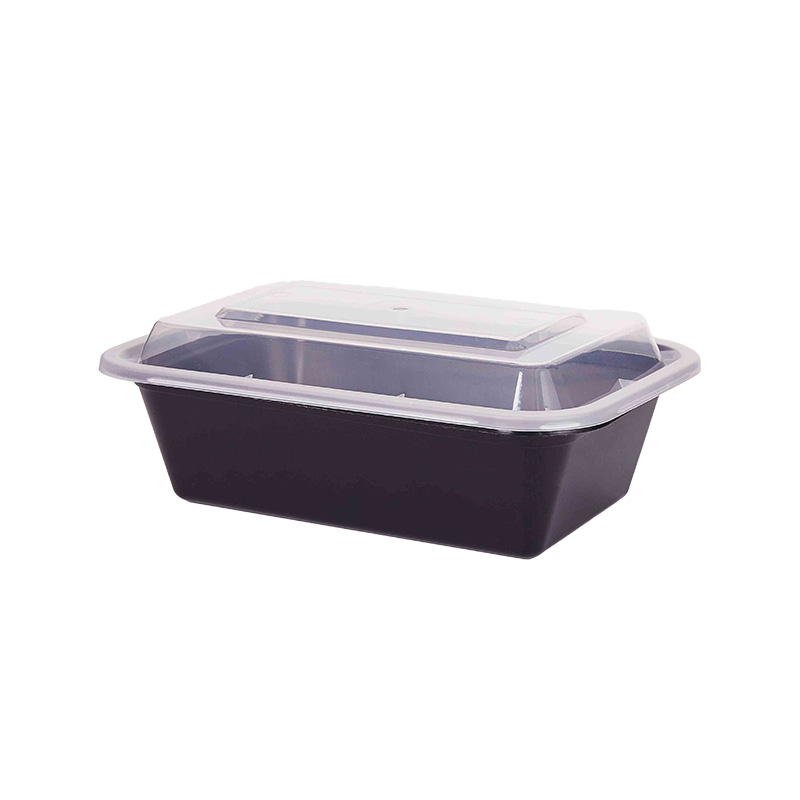Disposable lunch boxes encompass a wide range of items designed to meet various needs and preferences. This diversity is a response to the varied lifestyles, dietary choices, and environmental concerns of consumers.
Variety of Materials
Disposable lunch boxes are made from an array of materials, each with its unique set of advantages and characteristics. The choice of material often depends on factors such as durability, insulation properties, eco-friendliness, and cost.
Plastic: Plastic lunch boxes are popular for their durability, lightweight design, and affordability. They are available in various shapes and sizes, making them versatile for different types of meals. Many plastic lunch boxes also come with advanced features like insulation and compartmentalization.
Cardboard: Cardboard lunch boxes are commonly used for takeout and catering services. They are lightweight, inexpensive, and can be recycled or composted in some cases, making them a more eco-friendly option compared to traditional plastics.
Eco-Friendly Alternatives: Responding to growing environmental concerns, manufacturers now offer lunch boxes made from eco-friendly materials like bamboo, sugarcane fiber, cornstarch-based bioplastics, and recycled paper. These materials provide the convenience of disposable containers while minimizing their ecological footprint.
Foam: Foam lunch boxes are known for their excellent insulation properties, making them suitable for keeping food hot or cold. However, foam is often criticized for its environmental impact, as it is not easily recyclable or biodegradable.
Accessories and Complementary Products
Disposable lunch boxes extend beyond the boxes themselves. These accessories and complementary items are designed to enhance the lunch-packing experience, providing added convenience and functionality.
Cutlery Sets: Disposable cutlery sets made from materials like wood, bamboo, cornstarch, or recycled plastics are commonly used alongside lunch boxes. These sets often include forks, knives, spoons, and sometimes chopsticks, making them ideal for a variety of meals.
Condiment Containers: Small containers for condiments, sauces, or dressings are practical additions to lunch box setups. They prevent food items from becoming soggy and allow for the customization of flavors.
Napkins and Utensils: Many disposable lunch boxes feature built-in compartments or pockets for storing napkins and utensils, ensuring a complete meal experience without the need for additional packaging.
Insulating Bags: To maintain food temperature, insulating bags or lunch totes are often used in conjunction with disposable lunch boxes. These bags come in various sizes and styles, some of which are designed to accommodate multiple containers and include pockets for ice packs.
FREEZER SAFE FOOD STORAGE BOX - Prepare and package up your meals ahead of time. These safe-to-freeze food containers ensure that your prepared cooked meals retain their flavor, color, and texture. These plastic boxes with lids will prevent freezer burn and any absorption of other odors from the freezer.
MICROWAVE SAFE FOR WARMING FOOD – Enjoy the ease and efficiency of using a microwave-safe meal prep container. Whether you are in a rush at home or warming up food in the microwave at the office or in your college dorm room, make your life simple by preparing, packaging, and warming up your food all in the same dish. From the freezer to your hungry belly all in one serving container.

 English
English Español
Español
